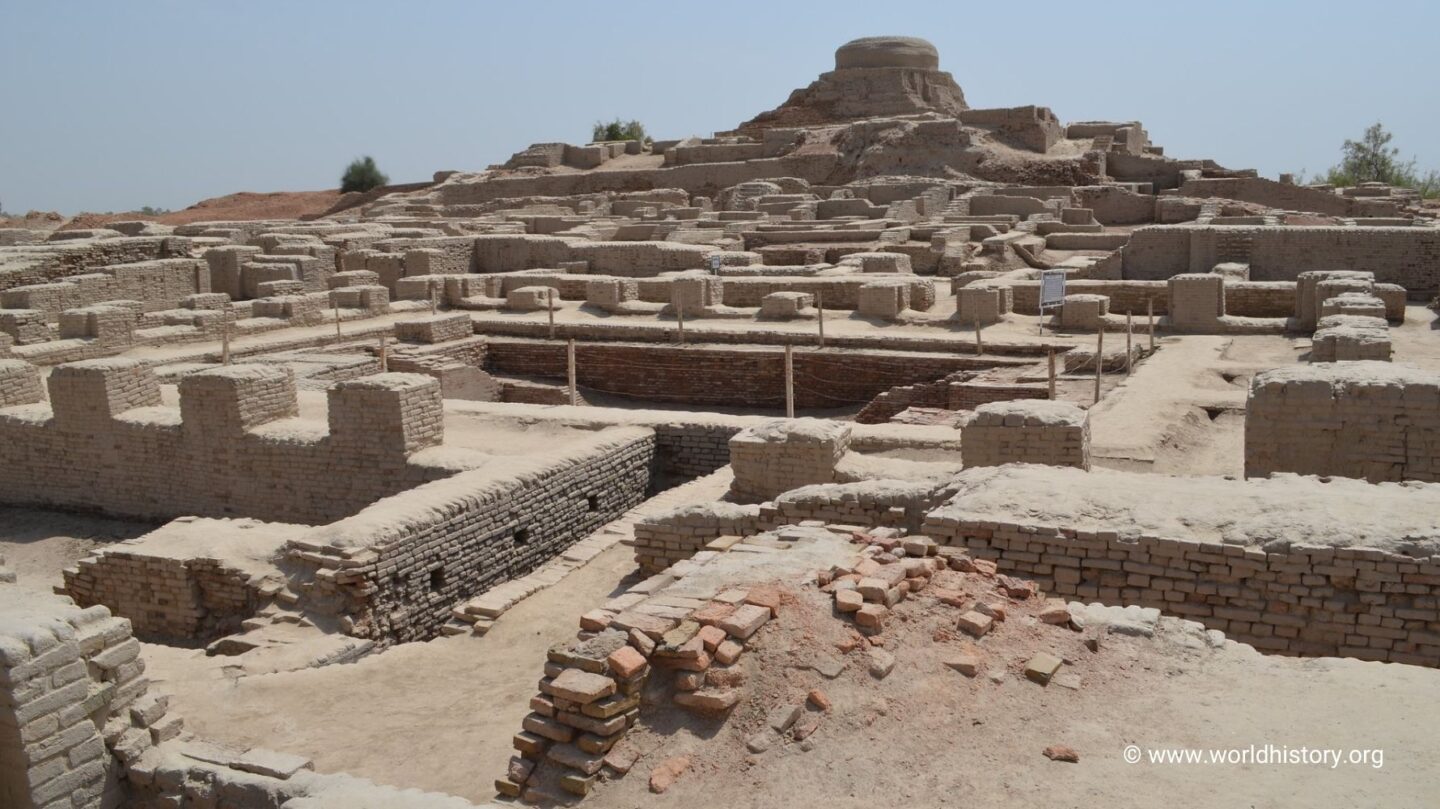The Engineering Marvels of Ancient Egypt
When we think of ancient Egypt, the Great Pyramids of Giza and the Sphinx often come to mind. While these monumental structures are awe-inspiring, they are just the tip of the iceberg regarding Egypt’s advanced knowledge. The Egyptians were masters of engineering and mathematics, using precise calculations to construct pyramids that have stood for over 4,500 years. Their understanding of astronomy allowed them to align these structures with celestial bodies, demonstrating an advanced grasp of the cosmos.
Beyond their architectural achievements, the Egyptians pioneered medicine. They performed surgeries, created effective remedies for illnesses, and even understood the concept of prosthetics, as evidenced by the discovery of an ancient wooden toe used as a prosthetic device.
The Urban Planning of the Indus Valley Civilization
The Indus Valley Civilization, which flourished around 2500 BCE in what is now Pakistan and northwest India, was remarkably advanced in urban planning and infrastructure. Cities like Mohenjo-Daro and Harappa featured grid-like layouts, sophisticated drainage systems, and standardized brick sizes—concepts that many civilizations would not adopt until centuries later.
Their cities were equipped with advanced water management systems, including wells, reservoirs, and covered sewers. The emphasis on cleanliness and public hygiene suggests a highly organized and forward-thinking society. Despite their technological prowess, the civilization remains enigmatic due to the undeciphered script of their writing system.
The Mathematical Brilliance of the Maya
The Maya civilization, which thrived in Central America from around 2000 BCE to 1500 CE, is often celebrated for its cultural achievements, but its mathematical and astronomical expertise is equally impressive. The Maya developed a complex calendar system that could predict solar and lunar eclipses with remarkable accuracy. Their understanding of the concept of zero—centuries ahead of many other civilizations—enabled them to create a sophisticated numerical system.
The Maya also constructed observatories, like the one at Chichen Itza, to study celestial events. Their advanced knowledge of astronomy informed their agricultural practices, religious ceremonies, and architecture, showcasing a civilization deeply connected to the cosmos.
The Technological Ingenuity of Ancient China
Ancient China was a hub of innovation, contributing numerous advancements that shaped the world. From as early as 1000 BCE, the Chinese were producing high-quality cast iron, centuries before it appeared in Europe. The invention of paper, gunpowder, and the compass during the Tang and Song dynasties revolutionized communication, navigation, and warfare.
The Great Wall of China, while primarily known as a defensive structure, is also a testament to the Chinese mastery of engineering. Its construction involved advanced techniques for fortification and resource management. Additionally, the Chinese developed an early form of seismograph during the Han Dynasty, allowing them to detect earthquakes—a remarkable scientific achievement for its time.
The Mysterious Innovations of the Minoans
The Minoan civilization, based on the island of Crete around 3000 BCE, is often overshadowed by the later achievements of the Greeks. However, the Minoans were trailblazers in art, trade, and architecture. They constructed elaborate palaces, such as the one at Knossos, complete with advanced plumbing systems, including flushing toilets and running water.
Their maritime trade networks connected them with distant regions, spreading their cultural influence far and wide. The Minoans also developed an early writing system, Linear A, though it remains undeciphered. This, combined with their advanced urban design and cultural sophistication, places the Minoans among history’s most remarkable civilizations.
Rediscovering the Past
These ancient civilizations remind us that progress is not linear and that history is filled with periods of incredible ingenuity and innovation. Their achievements continue to influence modern society, challenging the notion that ancient peoples were primitive. By studying these civilizations, we gain a deeper appreciation for the complexities of human history and the enduring legacy of ingenuity across time.
